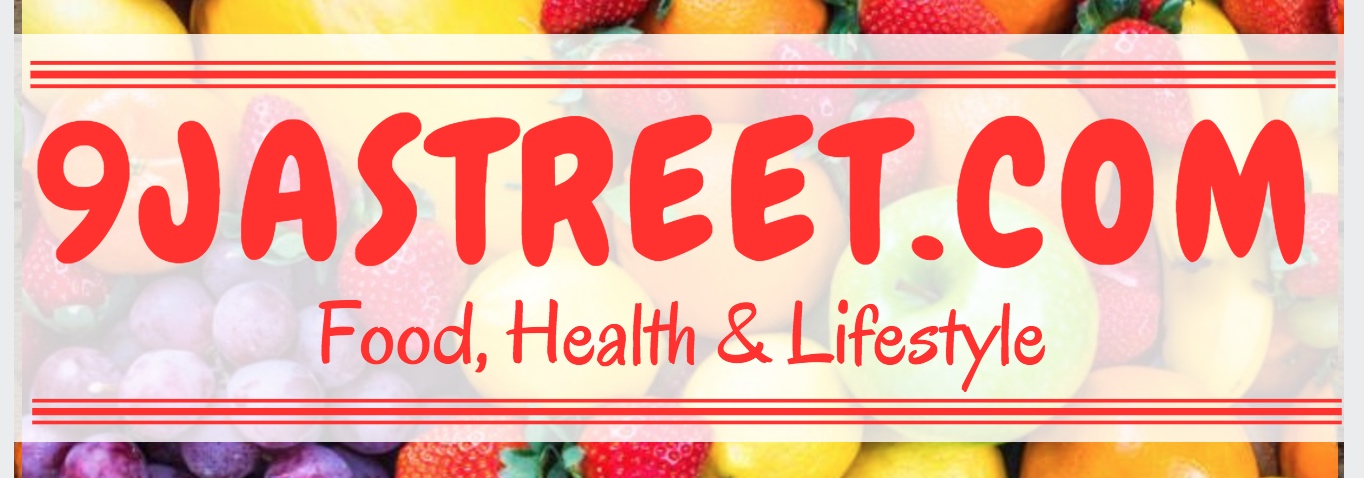5 Snacks You Shouldn’t Buy
Anything with palm oil
The palm oil industry is destroying rain forests—and the creatures who live in them—at an alarming rate. Orangutans, in particular, are on the verge of extinction in Borneo due to deforestation caused by palm oil production, according to the U.N.
Palm oil became popular because it doesn’t have any trans fats, unlike the partially hydrogenated oils it replaced in our favorite snacks, but it turns out that palm oil isn’t any healthier than other types of vegetable oil. In fact, it’s actually higher in saturated fats, reports NPR.
You’ll find palm oil in everything from crackers to cookies to chocolate bars to pizza dough. It’s also a main ingredient in margarine, vegetable shortening, and even soap and laundry detergent. Check out the World Wildlife Fund’s guide to avoiding palm oil for info on the different ways it might be listed on ingredient labels, plus a list of products that contain it.
Anything that’s not fair-trade certified
Fair-trade certifications aren’t just for coffee and tea, though that may be where you’re most used to seeing them. Produce, nuts, sugar, chocolate, and dozens of other imported foods can also be certified fair trade. The seal ensures that the products were produced in a way that’s environmentally sound; promotes safe, healthy working conditions for the farmers in the developing world; and is committed to fair business practices. Bonus: Fair Trade USA guidelines state that these foods cannot contain GMOs, and the use of pesticides is limited (much, but not all, fair-trade food is organic).
Anything with artificial colors
The safety of artificial food dyes is continually being debated, but here’s what we can tell you. They’re derived from petroleum, and three of these colors—Red 40, Yellow 5, and Yellow 6—account for 90% of dyes used in foods, according to an analysis published in Environmental Health Perspectives. All three of these colors contain benzidine, a known human and animal carcinogen, though it’s supposedly safe in small doses. Another concern is that artificial food coloring has been linked to hyperactivity in kids, but evidence is still inconclusive.
You’ll find artificial dyes almost everywhere—and not just in junk foods where you expect to see them. Some of the surprising foods that contain artificial dyes include pickles, crackers, and applesauce. (If you see FD&C—which stands for food, drugs, and cosmetics—followed by a color and number on a label, like FD&C Red 40, or just the color and number alone, it’s a tip-off that the product contains artificial colors.) The good news is that they’re completely unnecessary, and some manufacturers are moving toward colors derived from plant-based sources instead.
Processed meat
Sorry to bust your pepperoni-snacking bubble, but last year the World Health Organization declared that processed meats are cancer-causers. This includes anything salted, cured, fermented, or smoked. So there goes beef jerky, ring bologna, and bacon if you want to be strict about it. But health isn’t the only reason to cut back on meat. Unless you’re discerning about what you buy, most of the meat at the deli counter comes from industrial farms that contribute hugely to greenhouse gas emissions and pesticide usage, not to mention that the animals often live in crowded, unsanitary conditions and are treated with antibiotics to combat the spread of diseases like E. coli.
Conventional fruit
Whole fruits like apples and oranges make convenient, portable snacks. Unfortunately, they’re also inconveniently loaded with pesticide residues. Apples come in at No. 2 on the Environmental Working Group’s Dirty Dozen List, right behind strawberries. Peaches, another portable summertime favorite, are No. 4.

